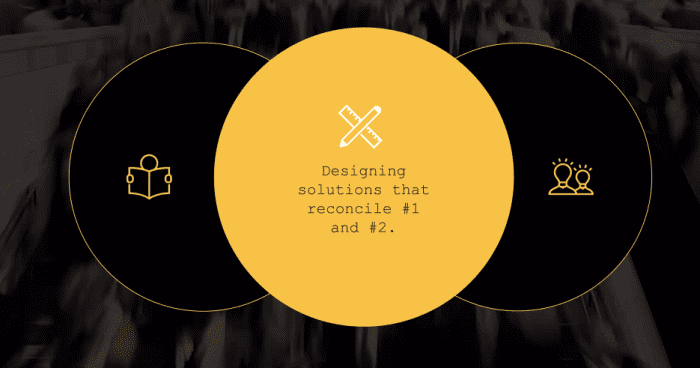HR leaders today are custodians of employee experience: Aaron Green

The COVID-19 pandemic has changed the way we work and one thing that has become critical is managing employee experience. What are organizations, especially talent leaders doing to adapt to this new normal? What will be changing business priorities in this new normal? What will employee experience mean now?
In his opening keynote at SAP HR Connect 2020 Virtual Conference, Aaron Green, Senior Vice President & Head of SuccessFactors | Asia Pacific & Japan, SAP SuccessFactors addressed the nuances of achieving business goals routed through progressive employee experience.
Aaron started off his note by saying most of us hear about experience and the importance of it around customer or user experience. However organizations today are simply not counting the experiences of people outside the organization. They find that brand experience is deeply connected to employee experience as is evinced by Airbnb offices, where employees feel the same experience in office as guests would feel in an Airbnb.
But are businesses prioritizing employee experience? As per SAP’s Mind The Gap Report, which surveyed 500 organizations in India, 90% of organizations prioritize decision criteria that they make around technology investments. 53% of organizations believed that their HR teams are capable to achieve these employee experience outcomes.
Role of HR as custodian of experiences
Hence, people and culture professionals are today the custodians of experience. And have moved from management of human capital to human experience. We are moving away from the idea of people as capital or assets to people as the real fuel that power an organization forward towards its goals. These experiences are shaped by what experiences they have outside of the organization as well as inside of the organization. And being able to capture and tailor these experiences will be the difference between organizations that thrive and survive in the future to those that do not.
As the APAC region goes through a period of high growth, organizations also have to navigate a lot of change. Simply reacting to change is often too late. Organizations today really are tasked with pre-empting change. So making sure that people are driving towards the organization’s purpose or vision really depends on the experiences that people have inside of your organization. Just as a customer experience determines the success or failure of a new product or service.
So are your new employees’ first experiences with your organization making them feel set up for success or value? Do the experiences of your long time employees empower them to innovate? Are people’s experiences living up to the organizational values?
These are questions that can be answered by HR or rather people and culture leaders. They are now the custodian of your experience.
From business needs centered processes to human needs centered processes
HXM starts from thinking through the lens of customer experience-the type of experience you have when a company designs a product or a business around you as a customer and not around them as a company. For instance, Ola is going through many disruptive times but it continues to innovate and show quite a bit of resilience. It has created an incredibly seamless cab booking experience with cashless payments and options tailored to varieties of individual needs. This is similar for employee experience-when we act as custodians of experience, we are completely reframing how we prioritize the needs of our people versus just the needs of the organization or moving from business needs centered processes to human needs centered processes.
The first step towards this is understanding what people's experiences are. The second step is really understanding what you want those experiences to be in the future. The magic is in designing experience solutions that reconcile one and two.

What’s great about HXM is it completely reframes the organizational needs and priorities. Instead of the business needs sitting at the center of every HR process, it is now employee experience that’s at the center. By taking cues from our employees, we are achieving two goals- we are meeting their needs and making sure that engagement remains high.
Our Mind The Gap report found that employee feedback is the most prevalent method that organizations use today to ensure that employee experience is such that people feel that their voices are heard and that their voices are valued.
So how do we make it all happen? Big steps can be small ones and can have an impactful change. Looking at employee feedback in a regular way can help determine what experiences organizations need to provide to run the business. But annual surveys miss things like sentiments-moving from big annual surveys to small pulse surveys as American Airlines did is not a radical step. But the beauty of that step is that it makes the future that much easier. Because once you start collecting different data points, it becomes progressively easier to use that data to tell the story you need- a more complete story. This is incredibly powerful as it influences organizational decisions and organizational direction.
Hence, in conclusion, the move from HCM to HXM is from HR people managing people as assets to custodians of experiences. This means really digging into what experiences are necessary to driving business outcomes-which experiences are people having right now in your organizations and then reconciling the differences between those two realities. It’s very literally minding the gap!
















